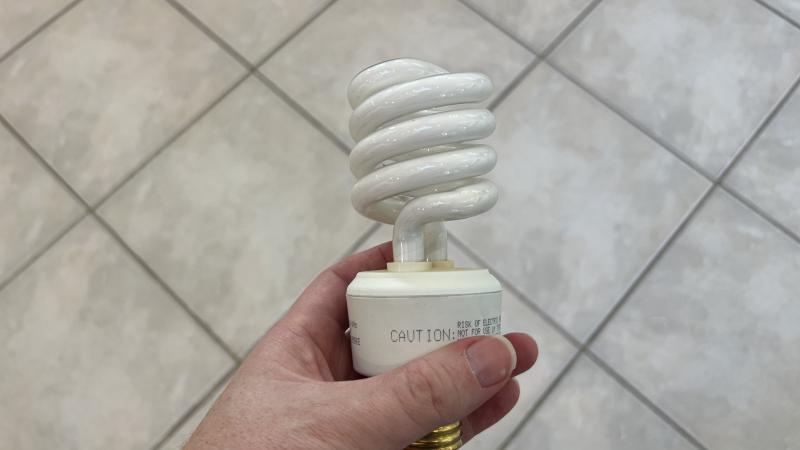Fitch downgrade follows years of warnings about growing federal debt
The federal government's own agencies have repeatedly raised concerns about federal spending and debt.
A congressional watchdog had repeatedly warned lawmakers about national spending and debt levels before a second of the Big Three credit rating agencies dropped the United States government’s credit rating down a notch.
Fitch Ratings made the decision last week to downgrade the government's credit rating from the highest level of AAA down one tier to AA+. Fitch pointed to the U.S. government’s high national debt and deficits and an "erosion of governance."
"In Fitch's view, there has been a steady deterioration in standards of governance over the last 20 years, including on fiscal and debt matters, notwithstanding the June bipartisan agreement to suspend the debt limit until January 2025," according to credit-rating agency. "The repeated debt-limit political standoffs and last-minute resolutions have eroded confidence in fiscal management. In addition, the government lacks a medium-term fiscal framework, unlike most peers, and has a complex budgeting process. These factors, along with several economic shocks as well as tax cuts and new spending initiatives, have contributed to successive debt increases over the last decade. Additionally, there has been only limited progress in tackling medium-term challenges related to rising social security and Medicare costs due to an aging population."
After the announcement from Fitch, Treasury Secretary Janet Yellen said the downgrade was "arbitrary and based on outdated data." In 2011, S&P Rating dropped the U.S. government's credit rating one notch. Moody's is the only one of the Big Three that has kept the U.S. credit rating at the top level of AAA.
But the federal government's own agencies have repeatedly raised concerns about federal spending and debt.
In February, the U.S. Government Accountability Office's audit of the federal government's financial statements found it "continues to face an unsustainable long-term fiscal path."
At the end of fiscal year 2022, debt held by the public was about 97% of gross domestic product, according to a May report from the U.S. Government Accountability Office. The U.S. debt is projected to grow faster than the U.S. economy. Debt held by the public is projected to reach its historical high of 106% of GDP within a decade. The Government Accountability Office projects that this ratio could reach more than twice the size of the economy by 2051 without changes in revenue and spending policies.
"The growing debt is a consequence of borrowing to finance increasingly large annual budget deficits," according to the report. "GAO projects that spending for Social Security, federal health care programs, and all other federal program spending increases more than revenue, resulting in the primary deficit; and net interest spending, which primarily represents the federal government’s cost to service its debt, steadily increases over the next 30 years, further widening the total budget deficits."
The International Monetary Fund listed the United States' debt as a percentage of GDP at 106% in 2021. Countries with high debt-to-GDP figures in 2021 included Cyprus (142.82%), Italy (146.55%), Singapore (163.89%), Eritrea (176.25%), Sudan (181.97%), Greece (212.4%) and Japan (221.32%).
















